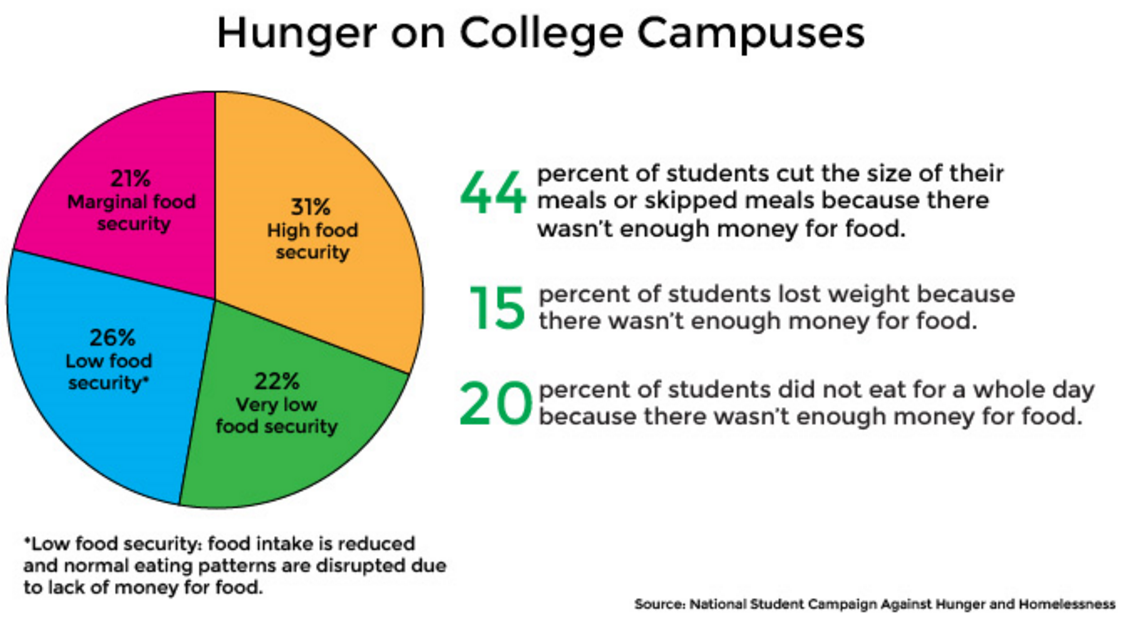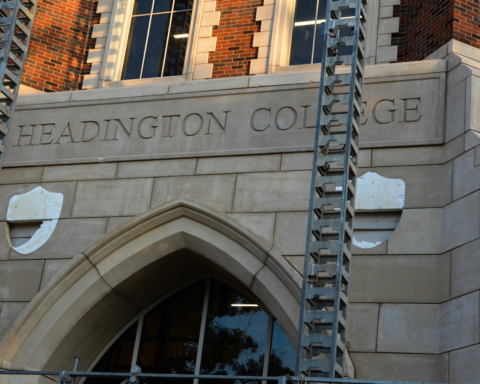Taking the last of his environmental science books off his shelf, Adam Lifsics works to fit an 11-year career into a series of boxes.
Lifsics, Norman High School’s 2016 teacher of the year, is leaving Oklahoma in July for Terra Nova High School, a project-based learning school in Beaverton, Oregon. Though he says he and his wife are staying afloat despite cuts to education in Oklahoma, Lifsics worries that Oklahoma’s financial struggles could impact his family in the future.
“Right now, I’m OK (financially). We don’t have kids,” Lifsics said. “But if we want to start a family, money becomes a bigger issue. It’s not very easy to live off what I’m making and have two children and send them to college and do all of that. The max salary I could get to 15 or 20 years from now still wouldn’t be much more than I’m making now, and I have a master’s.”
Lifsics is one of many qualified Oklahoma teachers leaving the state after the 2016-17 school year. During his 11 years at Norman High School, Lifsics started several green initiatives, including an aquaponics garden to teach students about energy-saving food production and the schools recycling program. He was also a finalist for district teacher of the year.
Lifsics said that after years of waiting for the Oklahoma Legislature to tackle the state’s education funding problem, he finally decided that he’d had enough.
“It didn’t feel as if it was getting any better,” Lifsics said. “It feels like it’s getting worse. I figure at some point it’s going to change, but it’s been such a slow process that I don’t know when that’s going to happen.”
With educational quality rankings ranging from 47th to 51st in the nation on any given year, Oklahoma is a fixture on the list of worst educational systems in the U.S.
Some teachers have stood their ground in Oklahoma, hoping for the administration to rectify the situation. Others like Lifsics have fled the state seeking better opportunities.
Several districts have been unable to fully staff schools, and emergency teaching certificates are being issued at an alarming rate. According to fightforfunding.org, a website dedicated to fixing education in Oklahoma, at least 90 emergency teaching certificates are issued each month, and more than 50,000 Oklahoma students are being taught by emergency-certified teachers.
Lifsics said those numbers concerned him as he contemplated a future teaching in Oklahoma schools.
“I don’t have anything against people that become emergency certified, but the fact that we’re doing it on such a grand scale, increasing every year for the past three or four years … that’s not how it should be,” Lifsics said. “They’re emergency certifications, not ‘business as usual’ certifications.”
The concern for Oklahoma’s education budget affects more than just the state. As the financial situation for teachers in Oklahoma worsens, existing offers from other states become more appealing, as was the case with Calypso Gilstrap, a National Board Certified teacher who relocated to Virginia last year.
“I’m working a lot less and making a lot more money,” said Gilstrap. “I make 30 percent more than I did in Oklahoma and work 16 days less. That extra 30 percent is making the difference for being able to save for retirement and college for my kids.”
Though her financial situation has certainly improved since her move, Gilstrap said the biggest difference between Oklahoma and Virginia was the community attitude toward education.
“A cultural change needs to happen (in Oklahoma),” Gilstrap said. “It’s not that there aren’t private schools in Virginia. It’s that the people whose kids go to private school still see the value in public schools. I don’t know how to make this happen in Oklahoma with policy, but it would be nice if the legislators believed in it.”
Lack of fiscal responsibility in the state government is now the primary antagonist of the Oklahoma Education Association, or OEA. According to OEA uniserve advocate Susan Stowe, OEA membership has dropped drastically in the past few decades.
When Stowe first came to the OEA in 1984, membership was as high as 80 to 100 percent in most districts. Now, in her 33rd year with the organization, membership is consistently in the 30 to 50 percent range.
While budget cuts have impacted morale, Stowe thinks the heart of the issue lies with the Oklahoma Legislature.
“It’s hard to make positive changes when Oklahoma legislators aren’t pro-education and don’t believe in funding schools,” Stowe said. “And it’s difficult to change any minds because they are so set in their ways. Some people have asked why we hadn’t staged a walkout. But when we last had a walkout in 1990, there were Democrats and Republicans who could be influenced by our actions. Now we don’t really have that ability.”
Stowe believes the main reason for teacher frustration is not the lack of funding but their own loss of power.
“At the end of this last school year, teachers were really frustrated and wanted to talk, and the message wasn’t ‘We’re upset about money.’” she said. “It was ‘We’re tired of our district disrespecting us as teachers and excluding us from any decision-making about our classrooms.’”
Despite the political and economic issues, new teachers still enter the profession every year. Whether they stay in Oklahoma is a different question entirely.
Bonnie Baker, education major at The University of Oklahoma is about to be a senior. Though not yet a certified teacher, Baker already shares the concerns of seasoned educators.
“Obviously the money is an issue,” Baker said. “Not getting paid despite trying so hard to be good educators and not having the support of the state.”
Asked whether she plans to stay in Oklahoma for her teaching career, Baker said she has yet to make her decision.






